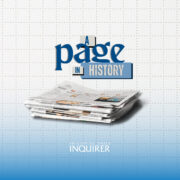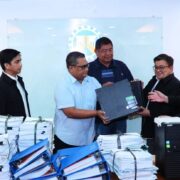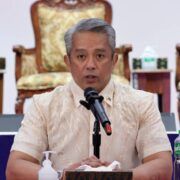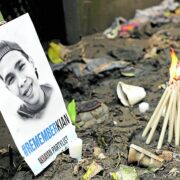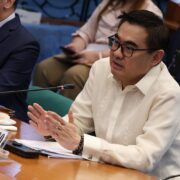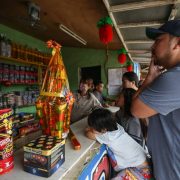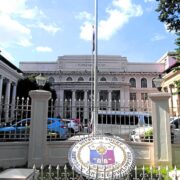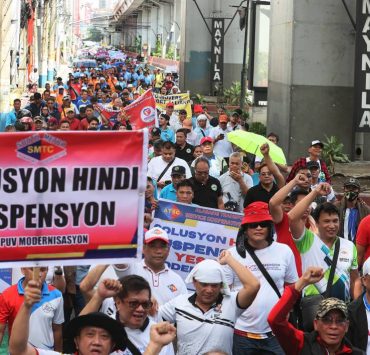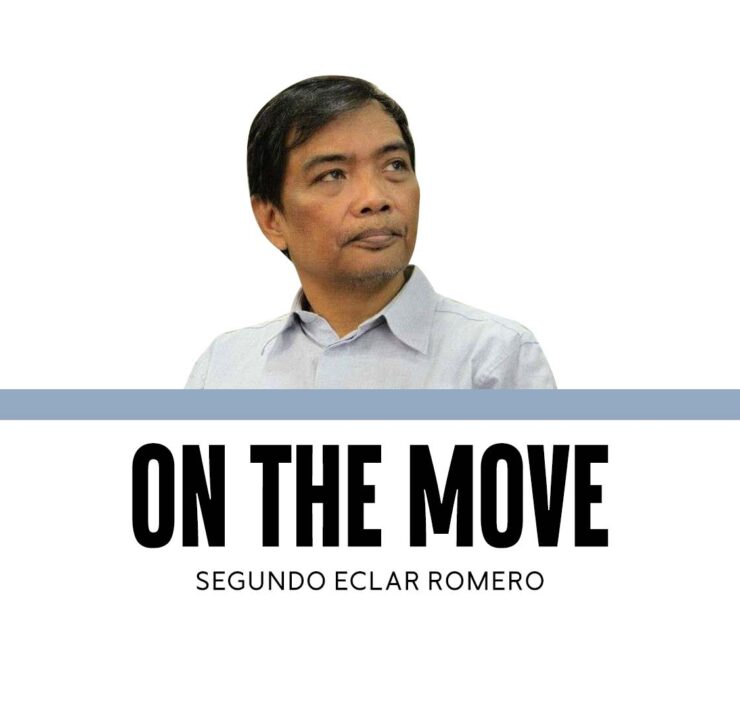Essence of digital gov’t: Registry thinking (1)
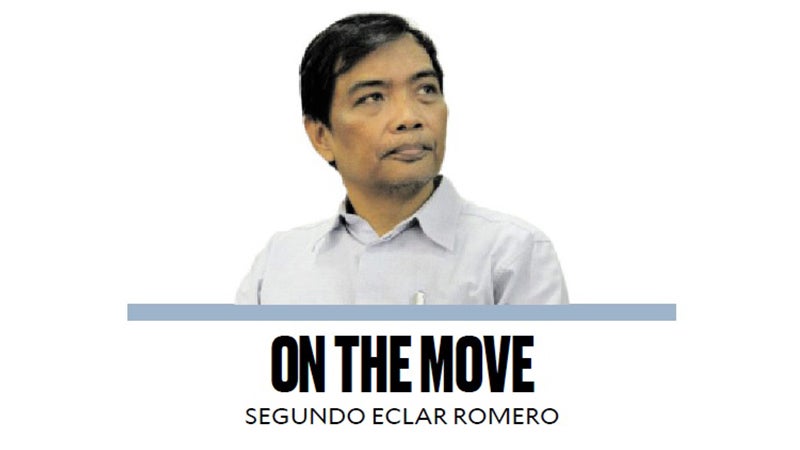
The government’s flatfooted preparation and response to Supertyphoon “Carina” highlighted the persistent disconnect between policies and programs and the diverse needs of citizens.
The Philippines has demonstrated a fragmented approach to digital governance. While some agencies have embraced digital tools and data-driven decision-making, others lag behind. The lack of a unified digital registry of citizens hinders effective service delivery and hampers targeted interventions during crises like Carina. The government’s reliance on input-based reporting further obscures the actual impact of its policies and programs.
Digital government is more than a technological upgrade; it represents a fundamental shift in mindset and approach. While often conflated with e-government (the use of technology for governance), digital government’s core mission is far more ambitious: ensuring universal inclusion in the delivery of public goods and services. This distinction is crucial, as it highlights the transformational potential of digital tools beyond mere efficiency gains.
The cornerstone of digital government is a comprehensive, accurate, and up-to-date registry of intended beneficiaries. This database serves as the single source of truth, enabling governments to tailor policies, programs, and projects to the specific needs of their citizens. However, this is where many governments falter. The reluctance to create such a registry often stems from a fear of exposing the inadequacies of existing initiatives.
A government may report a high number of educational programs but fails to track how many children are actually out of school. A comprehensive database would reveal this discrepancy, forcing the government to address the root causes of educational exclusion.
Many government agencies prioritize reporting inputs (e.g., number of meetings, vehicles, letters) over outcomes and impacts. This focus on optics obscures the true picture of government performance, leading to a disconnect between policies and the needs of the people.
President Marcos’ surprise at the extent of flooding in Metro Manila, despite reporting thousands of flood control projects during his State of the Nation Address, underscored the dangers of prioritizing optics over results. This example highlights the need for transparent reporting that accurately reflects the impact of government initiatives on people’s lives.
Strides have been made in certain areas, like the Philippine Statistical Authority’s PhilSys and the Department of Social Welfare and Development’s Listahanan and its Disaster Response Operations Monitoring and Information Center (DROMIC). In the wake of Carina, the DSWD DROMIC Report #25 reported that as of Aug. 3, a total of 1,445,269 families or 5,192,674 individuals were affected in 4,181 barangays in Regions NCR, I, II, III, Calabarzon, Mimaropa, V, VI, VII, X, and CAR. DROMIC put the number of damaged houses at 1,116 (completely) and 7,321 (partially destroyed).
Likewise, the National Disaster Risk Reduction and Management Council has provided magnitudes in its reports, such as 23,580 farmers and fisherfolk affected and over 25,723.64 hectares of crops damaged. Crop production losses amounted to P545 billion while damage to infrastructure was P4.26 billion, with Central Luzon suffering P1.6 billion in damages.
But one wonders the extent to which these statistics paint the true and complete picture across the archipelago, and better, the extent to which these figures represent the visible tip of the iceberg and that underneath there is a panoply of convergent and synergistic initiatives that constitute a whole of government approach to disaster response, relief, recovery, and rehabilitation.
The reports need to cater to the curiosity of citizens. They should provide more details. There should be more attention given to the information needs of citizens in times of crisis. For instance, isn’t it relevant how many citizens found Project NOAH (Nationwide Operational Assessment of Hazards) functionality responsive to their information needs?
During the last typhoon, we heard anecdotal stories of how the Project NOAH website has generated maps showing areas susceptible to flooding, storm surges, and landslides, thus enabling citizens to identify safe zones and evacuation routes. More systematic studies of the user interface and user experience of citizens accessing government websites and other information sources should be part of the government’s overall effort to be more responsive. Too much of government efforts are oriented on the “supply side” and not the “demand side.”
Part of this user-orientation effort should be to evaluate and revisit the wisdom by which components of prototype projects like Project NOAH have been parceled out to various government agencies (Pagasa, Phivolcs, Namria, MGB, and the University of the Philippines) rather than kept structurally and organically intact.
doyromero@gmail.com

